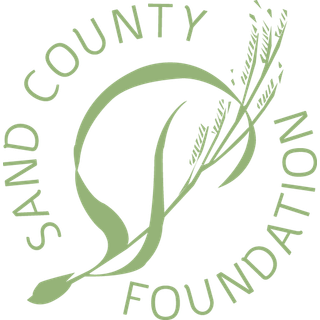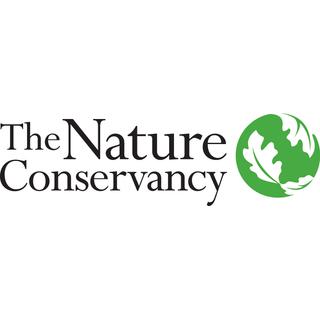While ranching and wildlife can be perceived as competing threats, that’s not the case at Tim and Laurie Munns’ Flying M Ranch.
For decades, the Munnses have understood that a healthy landscape is key to sustainable wildlife populations and a successful cattle ranch. They achieve this by employing conservation practices that benefit livestock, wildlife, crops, rangeland, and water resources in northern Utah’s Hansel Valley.
The land ethic they share with their sons, Sonny and Bud, is grounded in science, technology, and wise management. The Munns family stays up to date on sustainability issues and techniques, and utilize the resources available to them through partnerships with conservation agencies and consultants.
Over the years, the Munnses converted many acres of dry cropland to perennial vegetation to prevent erosion and build soil health while enhancing biodiversity. Other parts of Flying M Ranch that were once grazed by sheep had become dominated by broom snakeweed and rabbit brush.
Tim and Laurie worked with the Natural Resources Conservation Service to remove invasive brush species and reseed the range to provide improved livestock forage and wildlife habitat. Populations of Sharp-tailed Grouse, Mourning Dove, Chukar, and Gray Partridge have since flourished.
The Munnses have enrolled 3,000 acres of their ranch in Utah’s Walk-in Access program, allowing public access for upland game hunting. Likewise, biologists are welcomed to track migration patterns, survival rates, and health of mule deer, elk, and pronghorn.
Flying M Ranch had just one water trough when Tim and Laurie bought it in the 1970s. They’ve since installed 30 miles of water pipeline and 40 water troughs to distribute water to cattle and wildlife across thousands of acres. Cattle are grazed in Promontory in the winter, and spend their summers in nearby Caribou County, Idaho. The land use and grazing management plan they created with the NRCS allowed them to increase their herd size while improving pasture conditions.
Advancements in crop irrigation technology allows the Munns family to conserve water and electricity. Precision nozzle tips reduce the amount of water lost to evaporation. Alfalfa fields are irrigated only at night during the off-peak power rate times, which reduces the demands on the electrical grid and lowers energy costs to the ranch.
Erosion control structures such as terraces, diversions, and debris basins have been installed at Flying M Ranch to manage water movement and prevent destructive erosion from rainstorms.
Tim and Laurie were early innovators in demonstrating the grazing benefits of forage kochia which was first introduced to the United States in 1960 as an ornamental plant. The Munnses found the semi-evergreen half shrub to be a highly nutritious late season grazing plant for cattle while providing cover for wildlife and upland game birds.
Well-suited for dry rangeland conditions, forage kochia competes well against aggressive annual weeds like cheatgrass. The plant is a valuable fire deterrent when used in green strips in high-risk fire areas. Tim and Laurie developed a successful business of planting, harvesting, processing, and selling certified forage kochia seed. Most seed sales are to government agencies planting it to prevent the spread of wildfires.
Off the ranch, the Munnses have served in a variety of leadership positions that advance conservation practices. Laurie has served as president of the Utah Cattlewomen’s Association and Tim is a long-time board member of the National Grazing Lands Coalition.








